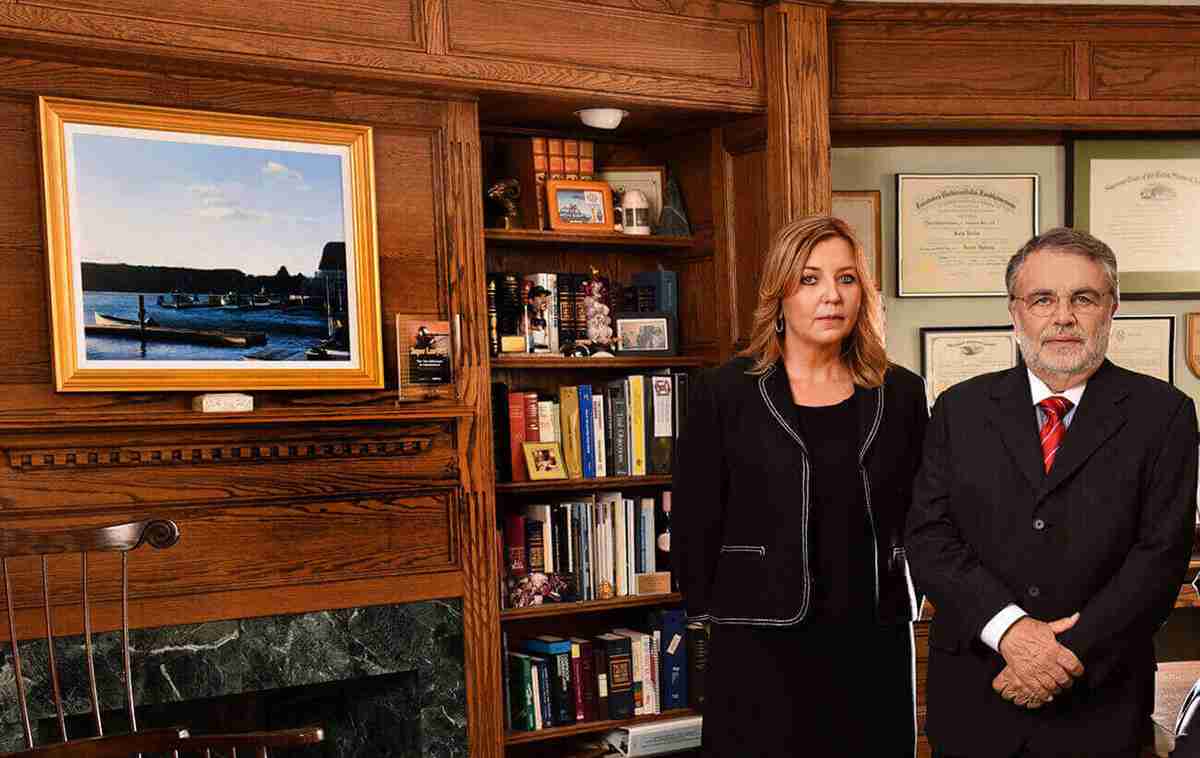How Are Child Custody And Visitation Decisions Made?
There is no doubt that divorce and legal separation become even more difficult when children enter the mix. Divorce and separation probably affect children more than anyone else involved in the process.
In Connecticut, child custody and visitation decisions may be made by the parties or by the court. What follows is an overview of how child custody and visitation decisions are made.
Types Of Custody Arrangements
Legal custody refers to the ability to make decisions regarding a child’s health, safety, and welfare – including educational, medical, schooling, and religious decisions. Most Connecticut courts are inclined to award legal custody to both parents, unless there is some important reason not to do so (such as when child abuse is involved).
Connecticut law provides for three types of physical custody:
Shared physical custody means that each parent has co-parenting and residential responsibility for the children approximately 50% of the time.
Primary physical custody means that one parent is the primary residential parent, while the other parent has co-parenting rights. In this instance, the non-custodial parent will typically have a visitation schedule which provides for visitation on the weekends, during holidays (such as Thanksgiving, Christmas, and Easter), and over the summer.
Split custody means that each parent is the primary residential parent for a different child. In other words, under this arrangement, the children are split up between the two parents.
How Physical Custody And Visitation Decisions Are Made
In making child custody decisions, judges always look to the Best Interest of the Child (BIC) standard. Under the Connecticut statute, the following factors are considered:
- the child’s temperament
- a parent’s financial ability to meet the child’s needs
- a parent’s involvement in the child’s life
- a parent’s willingness to maintain and encourage a relationship with the other parent
- a parent’s desire for physical custody
- the stability of each parent’s residence
- the child’s relationship with each parent
- the child’s preference if he/she is of the proper age (usually 12 years of age or older)
All custody decisions, whether established by a court or by agreement of the parties, are incorporated into an order. This court order is binding on both parents, and violation of the order could lead to a finding of contempt.
Contact A Stamford, Connecticut, Custody Attorney Today To Discuss Your Case
Divorce and child custody decisions can be very complicated for everyone involved. Fortunately, when parties are able to work together, amicable child custody and parenting agreements can be made. If you are going through a divorce where children are involved, our experienced Stamford, Connecticut, custody lawyers at the LAW OFFICES OF PIAZZA & SIMMONS, LLC are here to help. Please feel free to contact us today at 203-936-6772, or contact us online.

